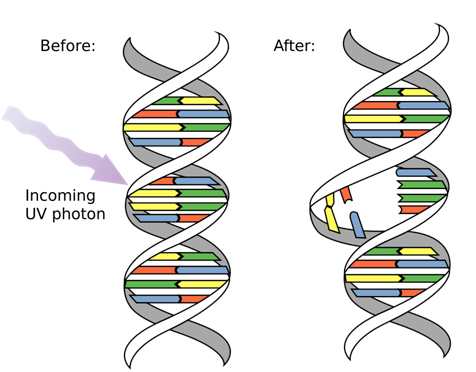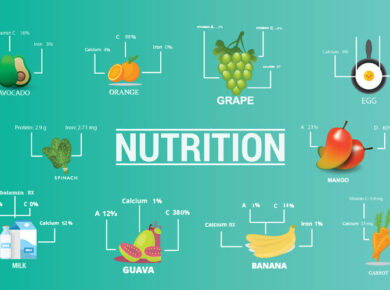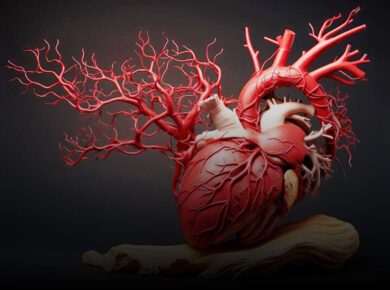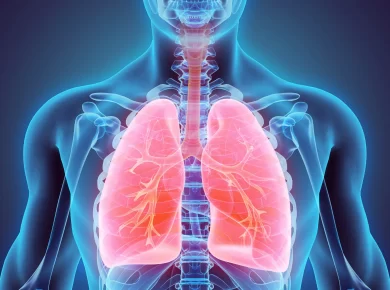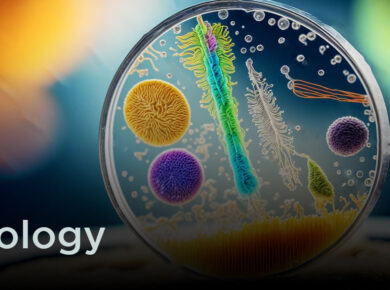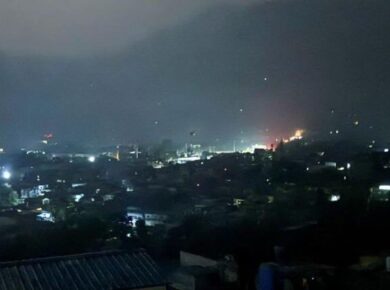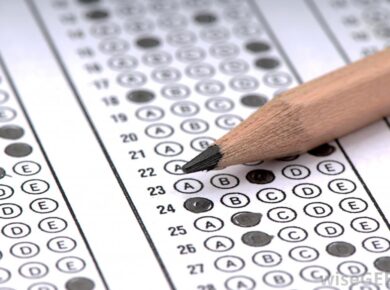Mutation
A heritable change in the structure, content and organization of the genetic material that can be passed down to the next is termed a mutation. Mutation may occur in one gene when it is termed point mutation or may affect a number of genes on a part of chromosomes when it is termed chromosomal mutation.
Chromosomal Mutation
Involves a number of genes. It is of two types, due to 1. Change in number of chromosomes and 2. Change in structure of chromosomes.
The number of chromosomes in individuals of a species is fixed. For example humans have 2n = 46 chromosomes. But sometimes one or more chromosomes may be lost or more chromosomes may be lost or added and such a change in number is termed Aneuploidy. Sometimes the whole set of chromosomes may be duplicated so that instead of 2n, an individual way possess 3n or 4n chromosomes. This is euploidy. Chromosomal change in structure is also termed chromosomal aberrations.
IAS Mania covers all topics in the science category for the UPSC exams.
It is of four types
1. Deletion, in which a piece of a chromosome may be lost.
2. Inversion, a piece of a chromosome breaks off and rejoins in the reverse direction.
3. Duplication a part of the chromosome may get represented twice and
4. A piece from another chromosome may get attached translocation.
Genes mutation or Point Mutation
A change which affects only one gene is called gene mutation or point mutation you already know that gene is a segment of DNA and is made a sequence of nucleotides. Whenever one nucleotide is changed within a gene, it may cause a change in the phenotype. When a purine base is replaced by another purine base or a pyrimidine base by another pyrimidine
ATGCATGC > AGGCAGGC
2. Transversion
3. Frameshift
When a purine base is replaced by the another pyrimidine base and similarly a pyrimidine base by another purine ATGC ATGC > ATGT ATGC
Sometimes due to loss or gain of one nucleotide the reading frame of the genetic code for an entire gene changes CAT CAT CAT CAT > CAT ATC ATC ATC
lost
4. Missense
5. Nonsense
A change in the genetic code due to replacement of a nucleotide (base) may give rise to a different protein e.g. sickle cell haemoglobin.
If a genetic code changes such that it becomes a stop codon mid way, no protein is formed e.g. GAAGAAGAAGAAUAAAA synthesis stops
6. Silent : When the change in a nucleotide does not bring about any phenotypic change.
Mutagens
Agent that cause mutation in the genetic material are called mutagens. Mutagens belong to two categories
- Radiations : x-ray, UV rays, gamma radiations.
- Chemical : Mustard gas, Actinomycin D; 1
What Are Mutations? Definition, Causes, and Effects of Mutations
Mutations are changes in the genetic material of an organism, particularly in its DNA or RNA. These alterations can occur at various levels, from single nucleotide changes to large-scale chromosomal rearrangements. Mutations can happen in any cell, but those occurring in reproductive cells (germ cells) can be passed on to future generations, potentially affecting the species.
Causes of Mutations
Mutations can arise from several factors, both external and internal. External causes include environmental factors such as radiation, chemicals, and viruses. For example, ultraviolet (UV) radiation from the sun can cause thymine bases in DNA to bond incorrectly, leading to mutations. Internal causes often involve errors during DNA replication, repair, or recombination.
The body’s natural processes, like the formation of reactive oxygen species during metabolism, can also induce mutations. Some mutations are spontaneous, arising without any apparent external influence.
Types of Mutations
Mutations can be classified based on the type of genetic change they cause. Point mutations involve a single nucleotide change, such as a substitution, insertion, or deletion of a base.
Larger mutations may include insertions, deletions, or duplications of segments of chromosomes. A chromosomal mutation might affect a large portion of a chromosome, possibly leading to a significant impact on the organism.
Effects of Mutations
Mutations can have various effects, ranging from harmless to harmful or even beneficial. Silent mutations do not affect the protein produced, while missense mutations can lead to a change in the protein structure, potentially impairing its function. Nonsense mutations may result in a premature stop codon, leading to incomplete proteins.
Mutations can also drive evolutionary changes by introducing genetic diversity, which can sometimes result in advantageous traits. However, harmful mutations can lead to diseases like cancer or genetic disorders such as cystic fibrosis.
In conclusion, mutations are essential for genetic variation and evolution, but they can also cause significant harm depending on the context.
For more updates, visit www.iasmania.com. Please share your thoughts and comments.

